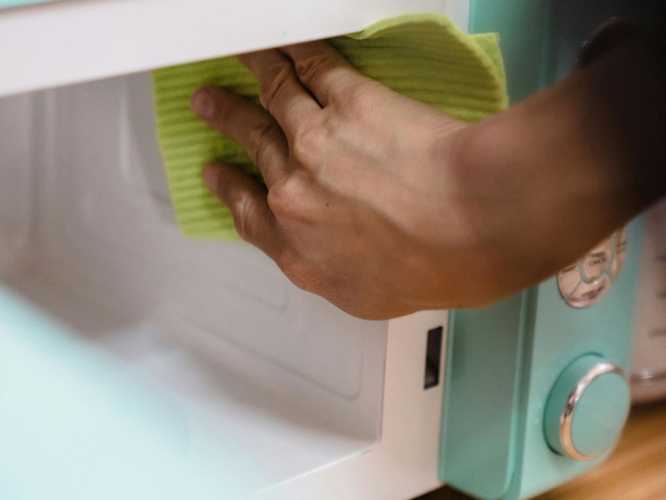Latest news for today in Ukraine
OAKLAND, Calif. (Reuters) – More people stayed home in Brazil, Japan and Singapore in April as those countries’ novel coronavirus cases surged, while people in the United States and Australia returned to parks and jobs as infection rates flattened, data from Google show.
The latest weekly update of aggregated travel patterns Google collected from its users’ phones pointed to increased disobedience with lockdown orders in place since March but rising compliance with those issued last month.
The data, posted online here by the Alphabet Inc unit late on Thursday, compared daily traffic to retail and recreational venues, parks, train and bus stations, grocery stores and workplaces with a five-week period from Jan. 3 to Feb. 6.
Singapore had apparently controlled the spread of the virus through rigorous contact tracing and surveillance, but the nation-state went into lockdown April 7 after outbreaks in migrant worker dormitories.
Retail and park visits in Singapore fell about 25% in the first weekend of April. They dropped about 70% by April’s final weekend. Workplace visits, down just 20% at the beginning of April, sank nearly 70% by last week.
Trends were mixed in Brazil, where the virus began appearing in tony neighborhoods and moved to low-income favelas. Declines in visits to bars, cinemas and similar venues held steady into late April, but workplace and parks visits crept back up.
Though Brazil has some local lockdowns, President Jair Bolsonaro has repeatedly described such measures as extreme.
Leaders in Japan, which declared a state of emergency on April 7, have urged people to stay at home.
Traffic to sites in Tokyo measured by Google fell by half after the declaration and remained at those levels through last weekend. Tokyo’s daily reported new cases have fallen since hitting a peak of 201 on April 17.
Graphic – Travel patterns evolve as coronavirus spreads: here
U.S. authorities warned against returning to normal too soon, but Google’s data showed traffic to workplaces was creeping back up. It was down just 48% from the baseline by last Friday after being down 56% on April 10. Southern and Midwestern states were leading the way in resumption of more typical patterns.
Nationwide travel to retail and recreation sites was down 63% on April 12, but was down just 42% two weeks later.
Epidemiologists had expected fatigue with U.S. lockdowns, with concerns escalating as weather warmed and people protested against shelter-in-place orders. Infection rates have stabilized in some regions, prompting governors over the last week to ease lockdowns.
In Australia, visits to transit, workplaces and entertainment venues plunged 80% in mid-April but rebounded in late April when the rate of new cases slowed.
Source:www.reuters.com



